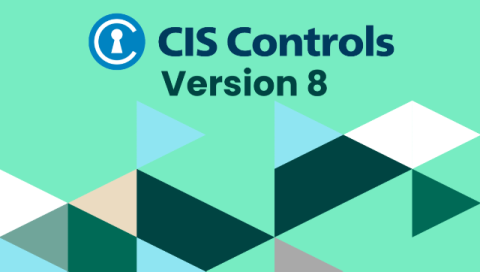CIS Control 12: Network Infrastructure Management
Networks form a critical core for our modern-day society and businesses. These networks are comprised of many types of components that make up the networks’ infrastructure. Network infrastructure devices can be physical or virtual and include things such as routers, switches, firewalls, and wireless access points.




